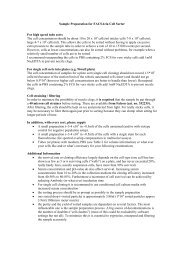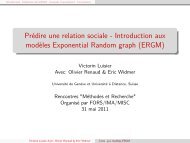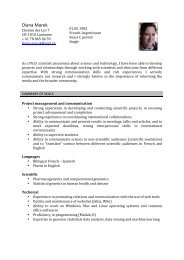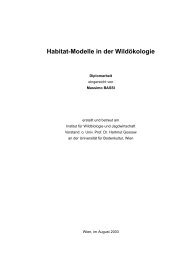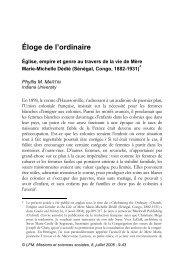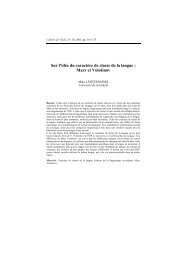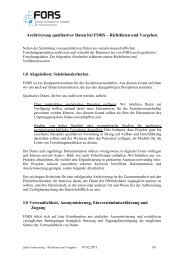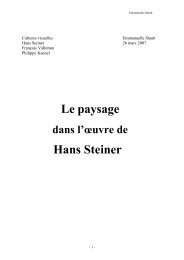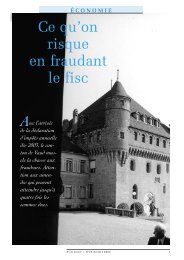conference programme book - European Survey Research ...
conference programme book - European Survey Research ...
conference programme book - European Survey Research ...
You also want an ePaper? Increase the reach of your titles
YUMPU automatically turns print PDFs into web optimized ePapers that Google loves.
FRIDAY 22 JULY 1714.1.4 Le feels right! The opmal posion of answer boxes in Web surveysT. Lenzner 2 , L. Kaczmirek 2 , M. Galesic 1 , M. Merkert 11 Max Planck Instute for Human Development, Germany; 2 GESIS - Leibniz Instute for the Social Sciences,GermanyThe literature on human computer interacon consistently stresses the importance of reducing the cogniveeffort required by users who interact with a computer in order to improve the experience and enhance usabilityand comprehension (e.g., Shneiderman, 1998). Applying this perspecve to Web surveys, quesonnairedesigners are advised to strive for layouts that facilitate the response process and reduce the effort requiredto select an answer. In this paper, we examine whether placing the input fields (i.e., radio buons or checkboxes) to the le or to the right of the answer opons in closed-ended quesons enhances usability and facilitatesresponding. First, we discuss two opposing principles of how respondents may process these quesonsin Web surveys, one suggesng placing the answer boxes to the le and the other suggesng placing them tothe right side of the answer categories...4.2 Weighng of Household Panel <strong>Survey</strong>sTo be held on July 22, 2011 from: 09:00 to 10:30, in room 315.1.Coordinated by: Mahias Schonlau - RAND, United States4.2.1 Cross Seconal Weights in Household Panel <strong>Survey</strong>s: Approaches and Condions for their EquivalenceM. Schonlau 1 , M. Kroh 21 RAND, United States; 2 German Instute for Economic <strong>Research</strong> (DIW) and Humboldt-Universität zu Berlin,GermanyThe computaon of cross seconal weights in household panels is challenging because household composionschange over me. Sampling probabilies of new household entrants are generally not known andassigning them zero weight is not sasfying. Two common approaches to cross seconal weighng addressthis issue: (1) ”shared weights” and (2) modeling or esmang unobserved sampling probabilies based onperson-level characteriscs. We survey how several well-known naonal household panels address cross sec-onal weights for different groups of respondents (including immigrants and births) and in different situaons(including household mergers and splits). We show that for certain esmated sampling probabilies the modelingapproach gives the same weights as ”fair shares”, the most common of the shared weights approaches...4.2.2 Propensity Score Approach in Reducing Bias: Marginal Mean Weighng through Straficaon in aStudy of First-Year Maternal Employment ImpactsY. Im 11 University of Chicago, United StatesMany empirical quesons in social science depend on the causal effects of intervenons or treatments. Thesuperlave model for social science research is the experiment in which individuals are randomly assigned totreatment and control groups. However, many of the causal factors important to theory and pracce are notenrely amenable to experimentaon for ethical, praccal, technical, or financial reasons. When randomiza-on is not feasible in social experiments, the propensity score method is a viable tool for esmang unbiasedtreatment effects. This paper presents a method, marginal mean weighng through straficaon (MMW-S),to address the issue of selecon bias in drawing causal inferences from non-experimental data and to highlightthe usefulness of its applicaon in survey research. MMW-S is a nonparametric adjustment method in whichcausal effects are defined as comparisons between marginal populaon means...



